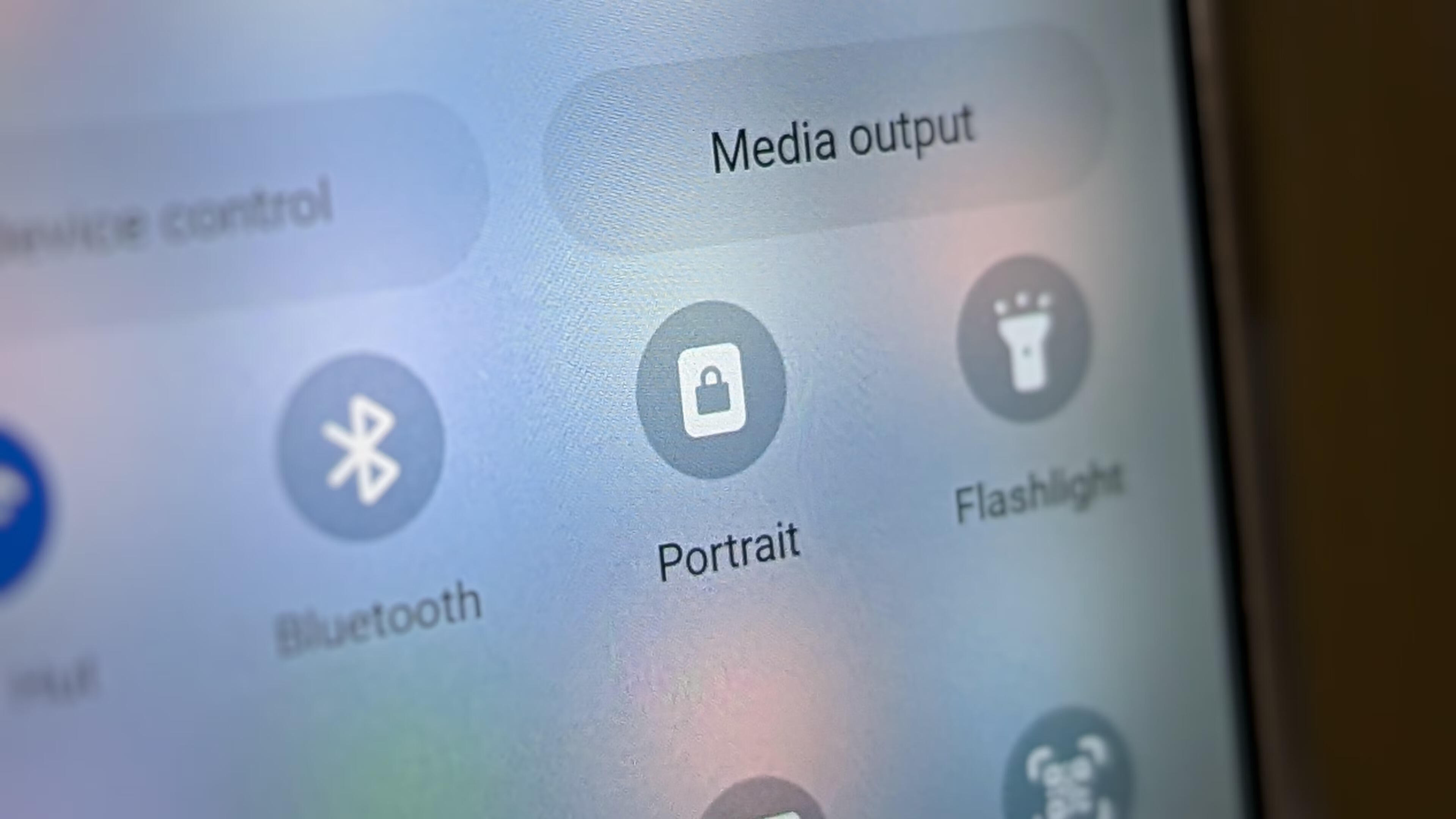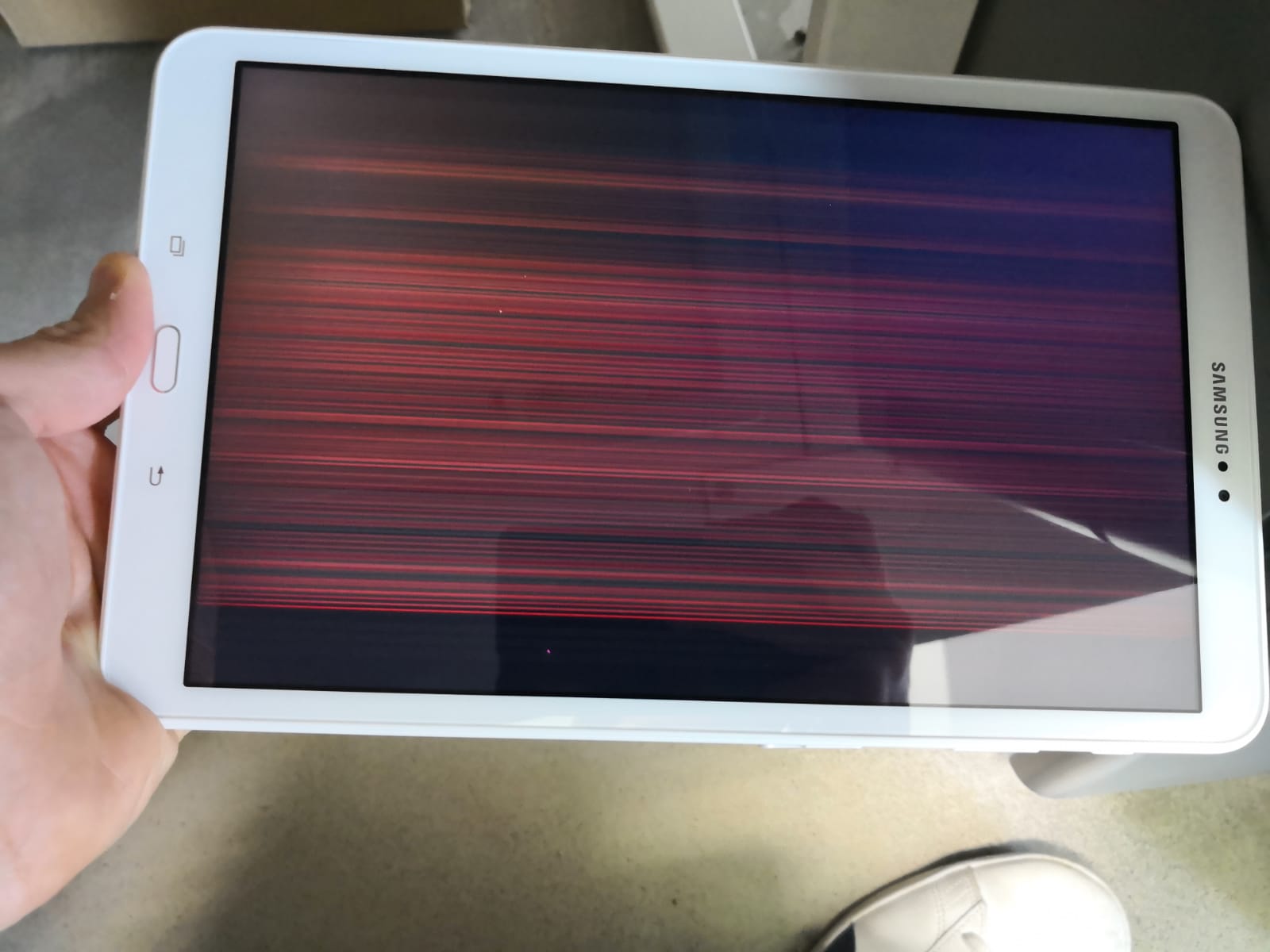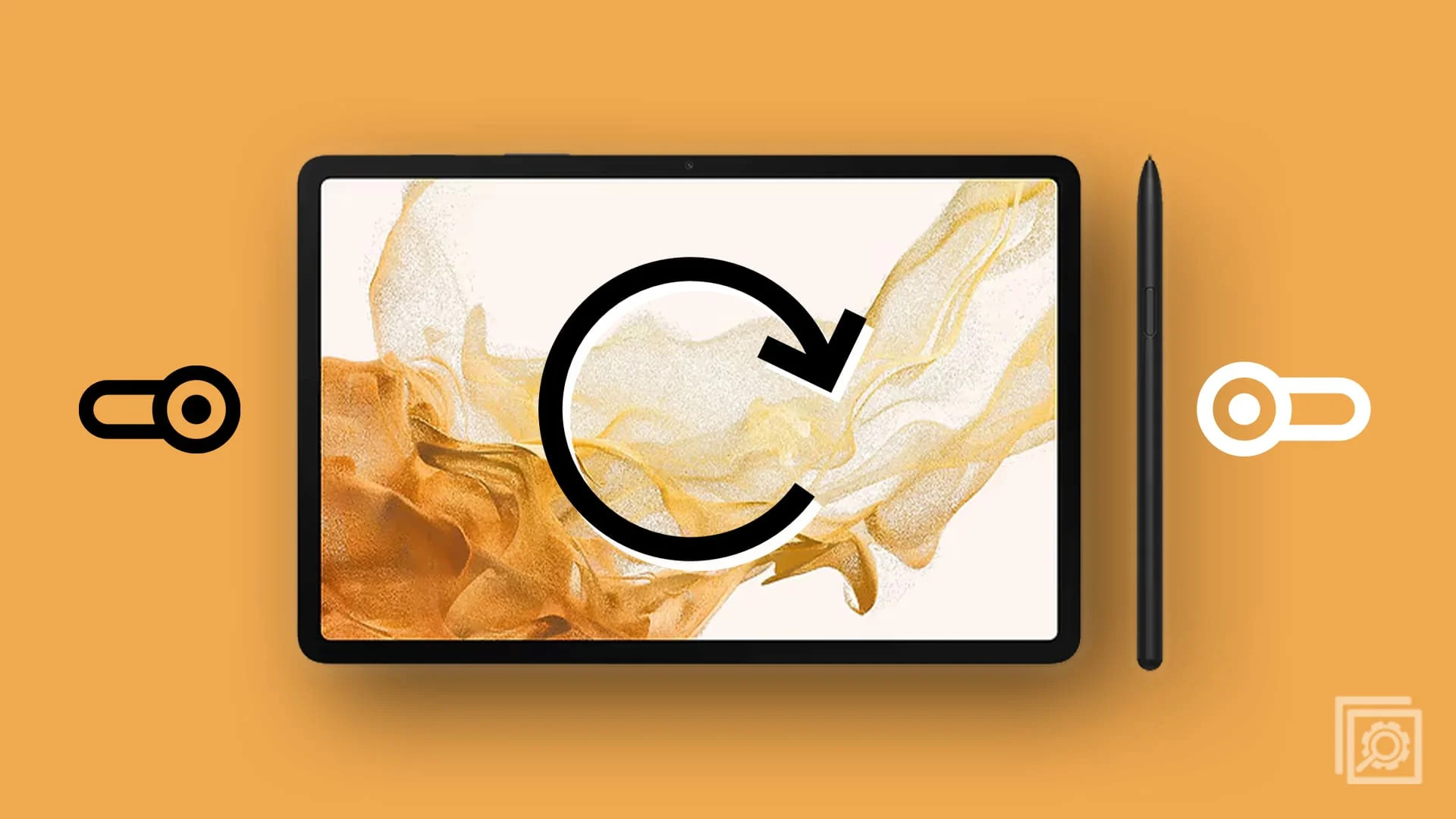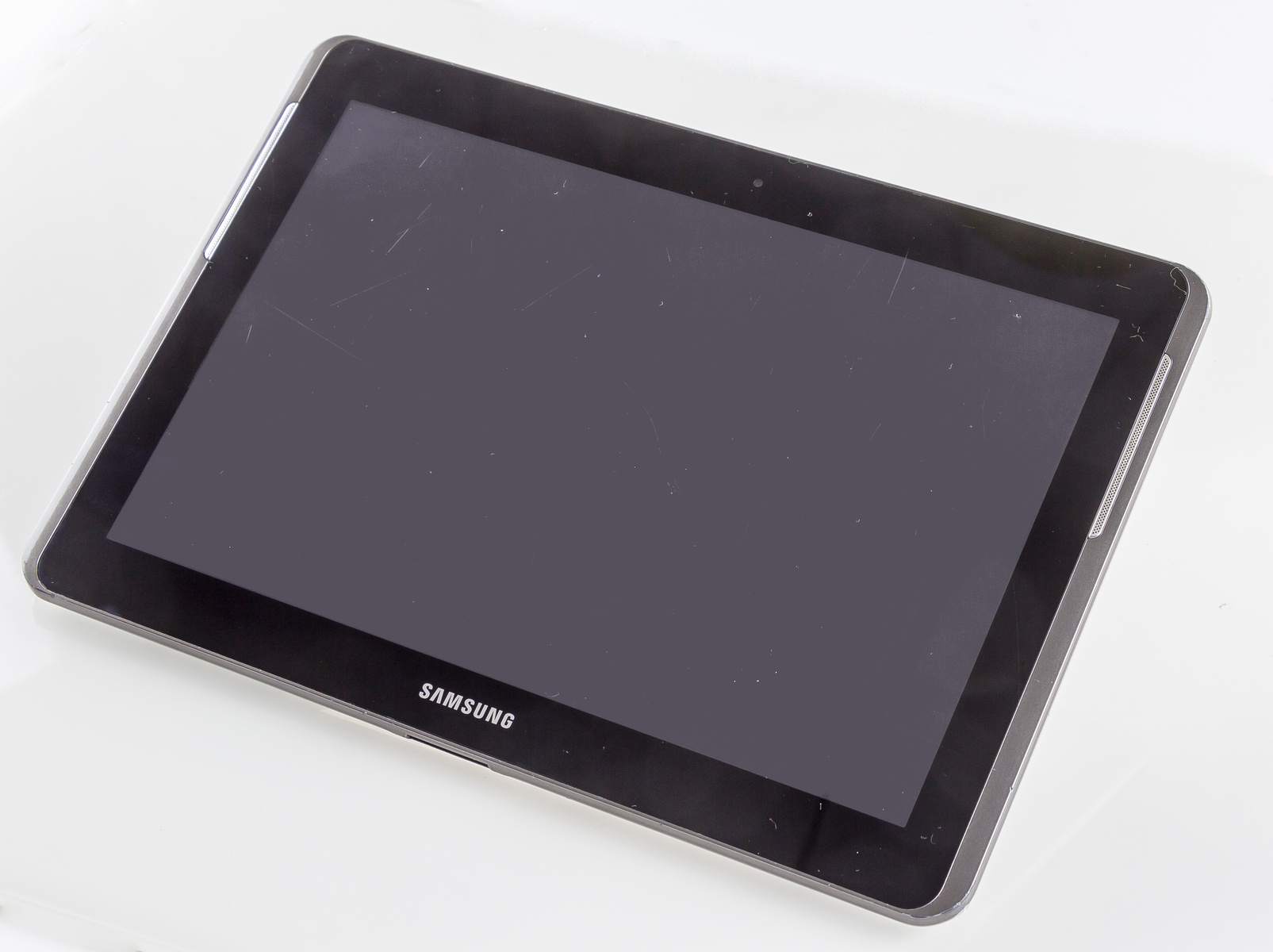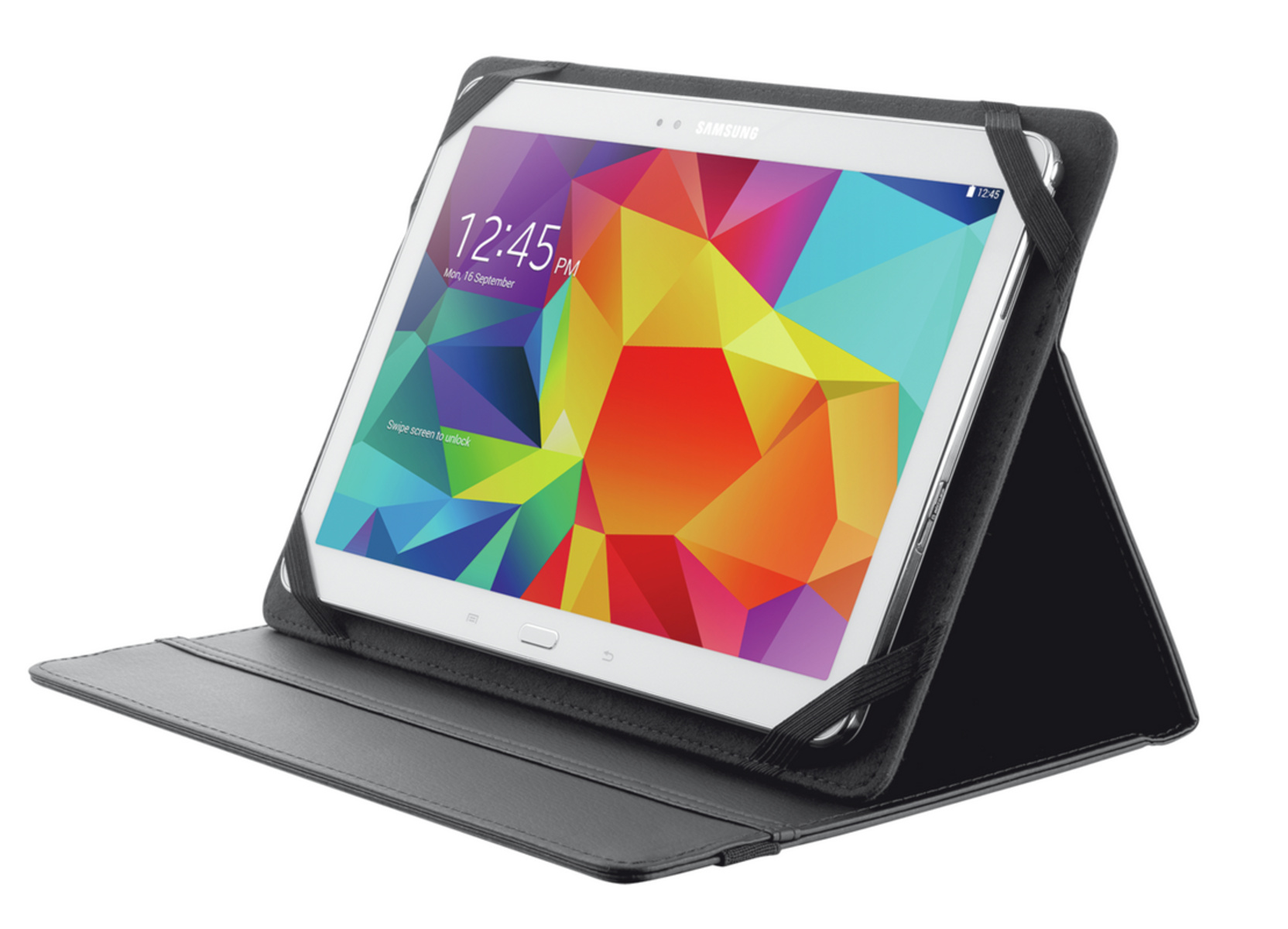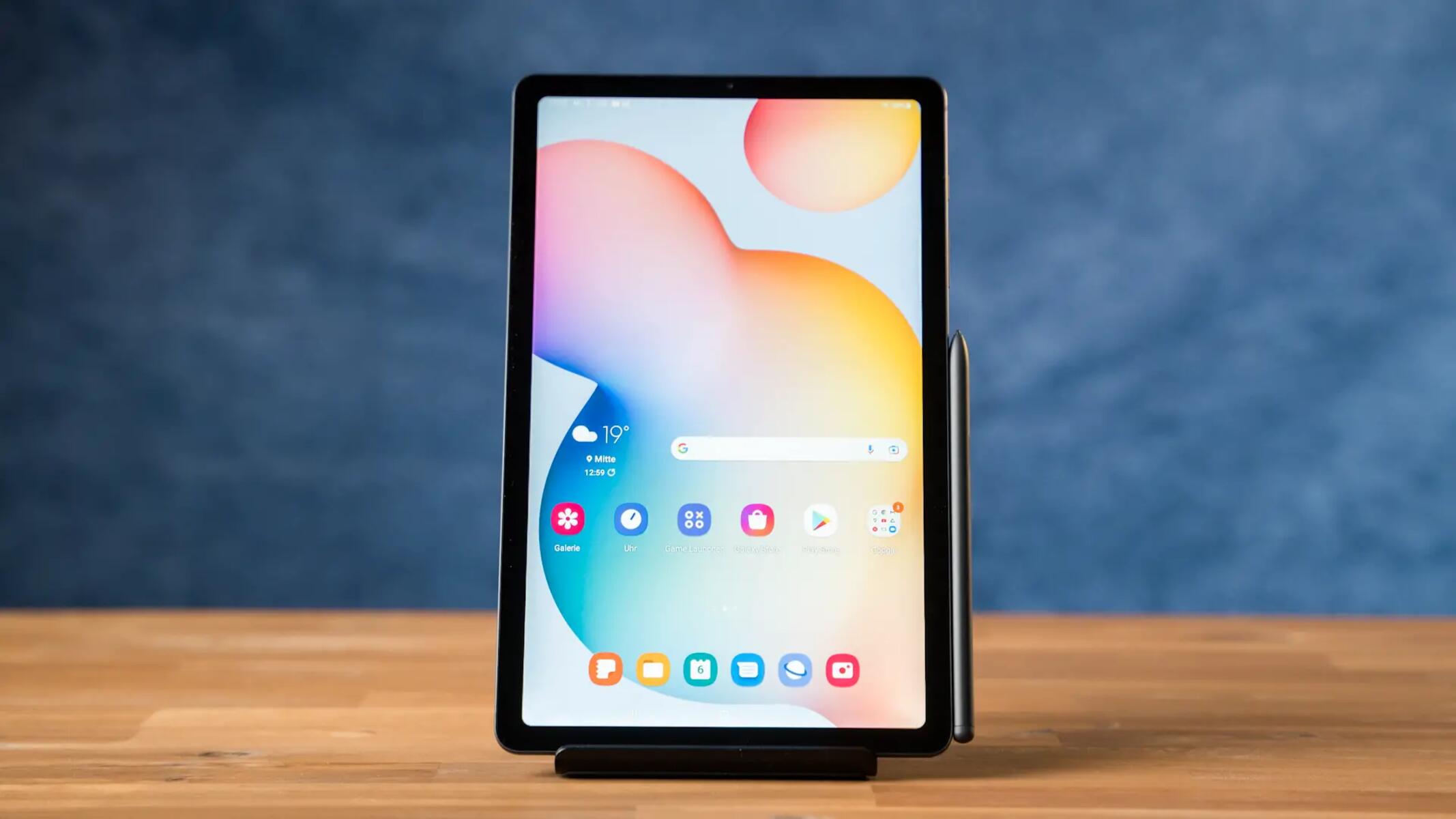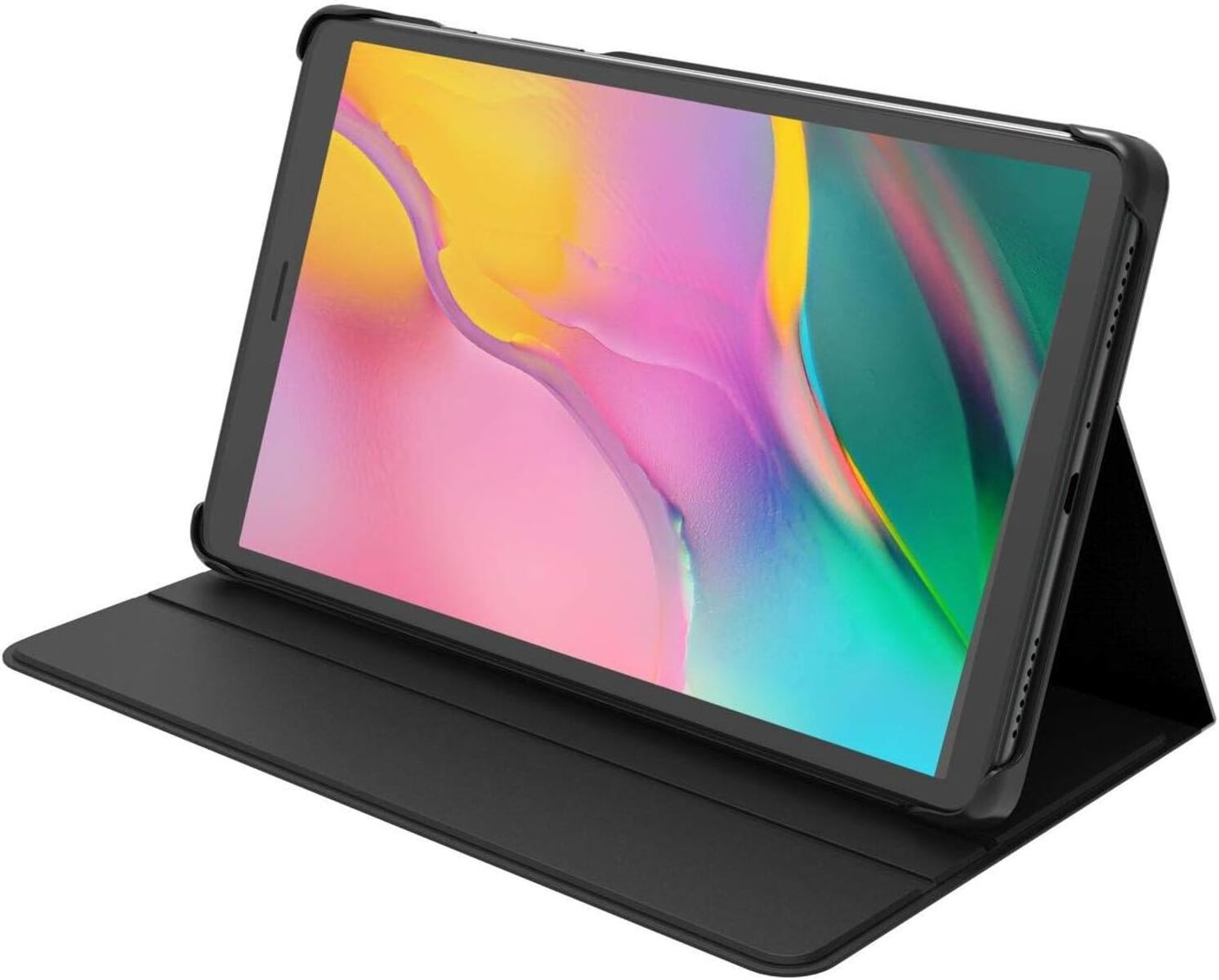Introduction
Have you ever experienced the frustration of your Samsung tablet screen constantly rotating when you don’t want it to? Whether you’re reading an e-book, browsing the web, or watching a video, the automatic screen rotation can be quite annoying. Luckily, there are several methods to keep the screen from rotating on your Samsung tablet.
In this article, we will explore different ways to lock the screen rotation on your Samsung tablet. We will guide you through the steps to access the necessary settings and provide clear instructions on how to enable or disable auto rotation on your device. By following these simple steps, you can enjoy a more stable and comfortable viewing experience on your tablet.
Whether you own a Samsung Galaxy Tab or a Galaxy Tab S series tablet, the methods mentioned here should work for most Samsung tablet models. So let’s dive in and discover how you can take control of your tablet’s screen rotation.
Please note that the exact steps and options may vary slightly depending on the model and operating system version of your Samsung tablet, but the general principles remain the same.
Locking the Screen Rotation using the Notification Panel
If you want to quickly toggle the screen rotation on or off without accessing the settings menu, the Notification Panel offers a convenient option. Follow these steps to lock the screen rotation using the Notification Panel:
- Swipe down from the top of your tablet’s screen to open the Notification Panel.
- Look for the “Auto rotate” icon, usually represented by a small screen with circular arrows.
- Tap on the “Auto rotate” icon to enable or disable screen rotation. When the icon is highlighted, it means that screen rotation is enabled. When it is grayed out, it means that screen rotation is disabled.
By using the Notification Panel, you can easily switch between locked and unlocked screen rotation modes. This can be particularly useful when you want to quickly adjust the screen orientation without going through the settings menu.
Remember that if you have locked the screen rotation using this method, your tablet’s screen will remain in the same orientation regardless of how you hold the device. This can be helpful when reading articles or using certain apps that don’t respond well to screen rotation.
It’s important to note that some Samsung tablet models may have a slightly different design for the Notification Panel. However, the “Auto rotate” icon should still be easily recognizable, allowing you to toggle the screen rotation on or off with just a few taps.
Locking the Screen Rotation using the Settings Menu
If you prefer to have more control over your Samsung tablet’s settings and options, you can lock the screen rotation using the Settings menu. Follow these steps to access the relevant settings:
- Open the Settings app on your Samsung tablet. You can usually find it in the app drawer or by swiping down from the top of the screen and selecting the gear icon.
- Scroll down the settings menu and look for the “Display” option. Tap on it to open the display settings.
- In the display settings, find the “Auto rotate screen” option. It is usually located under the “Screen rotation” or “Screen orientation” section.
- Tap on the “Auto rotate screen” option to enable or disable screen rotation. When the option is checked, it means that screen rotation is enabled. When it is unchecked, it means that screen rotation is disabled.
By accessing the Settings menu, you have more control over various display settings, including screen rotation. Locking the screen rotation through the Settings menu ensures that your tablet will maintain the same orientation, regardless of how you hold the device.
Keep in mind that the specific location of the “Auto rotate screen” option may vary slightly depending on the Samsung tablet model or operating system version. However, most Samsung tablets have a similar structure for the settings menu, making it easy to find and configure the screen rotation settings.
Using the Settings menu provides a more permanent solution for locking the screen rotation, as it sets the preference system-wide. This means that the screen rotation will stay locked even if you restart your tablet or switch between different applications.
Using Quick Settings to Lock the Screen Rotation
If you want a quick and hassle-free way to lock the screen rotation on your Samsung tablet, you can make use of the Quick Settings feature. Follow these steps to access and utilize Quick Settings:
- Swipe down from the top of your tablet’s screen twice to fully expand the Notification Panel.
- Look for the “Quick Settings” icon, often represented by a pencil or edit button. Tap on it to open the Quick Settings menu.
- Scroll across the Quick Settings icons until you find the “Auto rotate” or “Screen rotation” tile.
- Tap on the “Auto rotate” or “Screen rotation” tile to enable or disable screen rotation. When the tile is highlighted, it means that screen rotation is enabled. When it is grayed out, it means that screen rotation is disabled.
Using Quick Settings to lock the screen rotation provides a convenient and fast way to toggle the feature on or off. By simply swiping down and tapping on the appropriate tile, you can quickly adapt the screen orientation to your needs.
On certain Samsung tablet models or operating system versions, you may have the ability to customize the Quick Settings icons. This means that you can arrange the icons to display the “Auto rotate” or “Screen rotation” tile at the top for even faster access.
Utilizing Quick Settings allows you to control the screen rotation without having to navigate through multiple menus. It gives you the flexibility to easily switch the screen orientation depending on your preference or the app you’re using.
Keep in mind that the availability and appearance of Quick Settings may differ slightly across Samsung tablet models and software versions. However, the primary functionality remains the same, allowing you to conveniently lock or unlock the screen rotation with just a few taps.
Enabling or Disabling Auto Rotate on Specific Apps
If you prefer to have more granular control over the screen rotation on your Samsung tablet, you can enable or disable auto rotate on specific apps. This means that you can choose whether a particular app should adapt its screen orientation or remain fixed in a specific mode. Follow these steps to configure app-specific screen rotation settings:
- Open the Settings app on your Samsung tablet.
- Scroll down and select the “Apps” or “Applications” option.
- Find and tap on the app for which you want to configure the screen rotation settings.
- Inside the app settings, look for the “Auto-rotate screen” option or a similar setting related to screen rotation.
- Toggle the “Auto-rotate screen” option to enable or disable screen rotation for that specific app.
By enabling auto rotate for a specific app, the screen will adjust its orientation according to the device’s position when you’re using that app. Disabling it will lock the screen rotation for that app, regardless of how you hold your tablet.
This feature is particularly useful if there are certain apps that you frequently use in a specific orientation, such as reading apps, games, or video streaming services. It allows you to have more control over the screen rotation behavior on a per-app basis, enhancing your overall user experience.
Keep in mind that not all apps may have app-specific screen rotation settings. It ultimately depends on how the app developer has designed the app. Therefore, you may not find the “Auto-rotate screen” option for all the apps listed in your device’s settings.
By enabling or disabling auto rotate on specific apps, you can personalize your screen rotation experience and optimize it according to your preferences for each individual app.
Resetting the Auto Rotate Settings to Default
If you have made changes to the screen rotation settings on your Samsung tablet and want to revert back to the default configuration, you can easily reset the auto rotate settings. Here’s how:
- Open the Settings app on your Samsung tablet.
- Scroll down and select the “Display” or “Screen” option.
- Look for the “Auto rotate screen” or “Screen rotation” option.
- Tap on the option to access its settings.
- Look for the “Reset” or “Reset to default” option and tap on it.
By resetting the auto rotate settings to default, your Samsung tablet will revert back to the original configuration for screen rotation. This means that the system-wide preferences for auto rotate will be restored to their default state.
It’s important to note that resetting the auto rotate settings will affect all apps and functionalities that rely on screen rotation. The screen rotation behavior will be determined by the system-wide settings once again.
This process is useful if you have made multiple changes to the screen rotation settings and want to start fresh with the default settings. It can help resolve any issues that you may have encountered due to misconfiguration or unwanted changes.
Keep in mind that resetting the auto rotate settings may not be reversible. Once you confirm the reset, the changes cannot be undone. Therefore, it’s advisable to proceed with caution and only reset the settings if you are fully aware of the consequences.
By resetting the auto rotate settings to default, you can ensure that your Samsung tablet adheres to the original screen rotation behavior set by the manufacturer.
Conclusion
Screen rotation on a Samsung tablet can be both useful and annoying, depending on the situation. Fortunately, Samsung provides multiple methods to lock or unlock the screen rotation, allowing you to customize your tablet’s behavior to suit your needs.
In this article, we explored various ways to keep the screen from rotating on your Samsung tablet. By using the Notification Panel, you can quickly toggle the screen rotation on or off. The Settings menu offers more control over screen rotation preferences, allowing you to lock it system-wide. With Quick Settings, you can conveniently access the screen rotation option with just a few taps. Additionally, you can enable or disable auto rotate on specific apps, giving you more granular control over individual applications’ screen orientation. Lastly, if you want to revert back to the default screen rotation settings, you can easily reset the auto rotate settings.
Remember that while the steps and options may vary slightly depending on your Samsung tablet model or operating system version, the general principles remain the same. It’s always recommended to check your device’s user manual or Samsung’s official support documentation for specific instructions related to your tablet.
By being aware of these helpful methods, you can enjoy a more stable and comfortable viewing experience on your Samsung tablet. Whether you prefer a locked screen orientation for reading or unlocked rotation for gaming and videos, take control of your tablet’s screen rotation and tailor it to your preferences.
Now that you have a better understanding of how to keep the screen from rotating on your Samsung tablet, you can make the most out of your device and enjoy seamless viewing in any orientation you choose.







